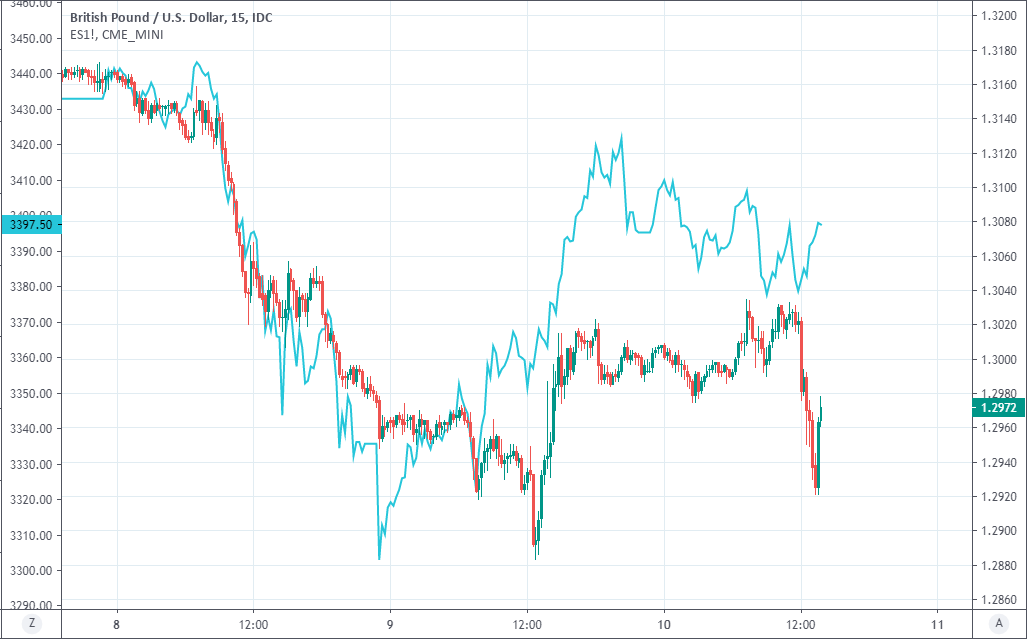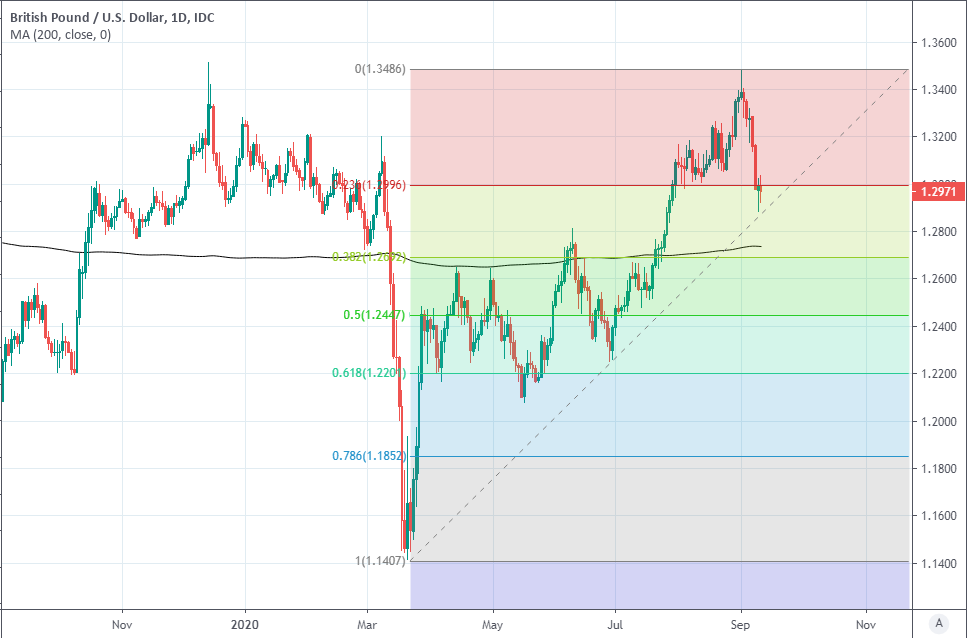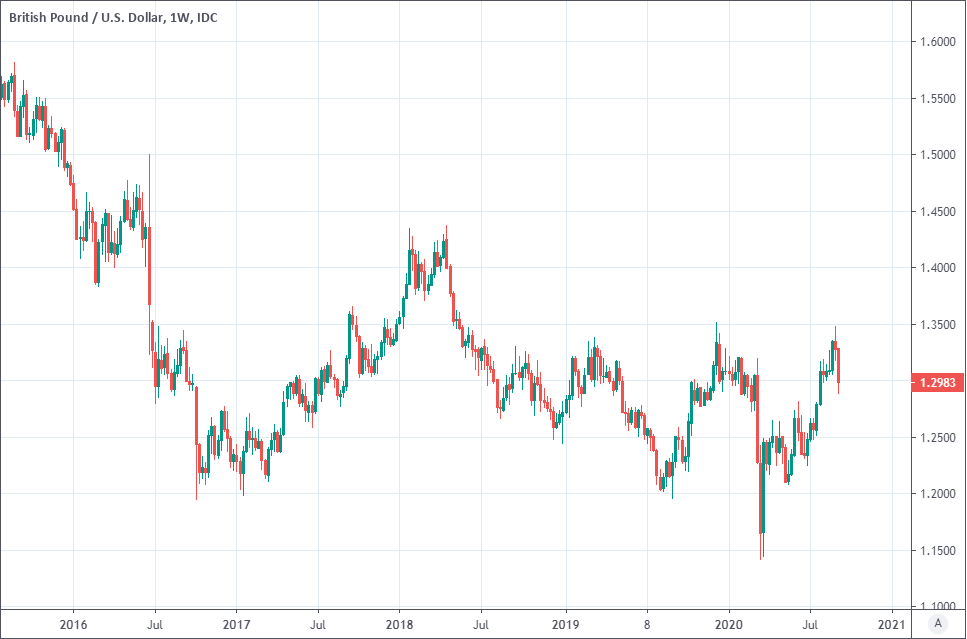Pound-Dollar Rate Slides Again as Brexit Talks Hang in Balance and Analysts Differ On Outlook
- Written by: James Skinner
- GBP/USD slides again following short-lived recovery of 1.30.
- Amid claims of “clear and substantive” breach of EU treaty.
- Talk of a UK-EU trade war...but not until the transition ends.
- Analysts differ on prospect of Brexit deal and GBP outlook.
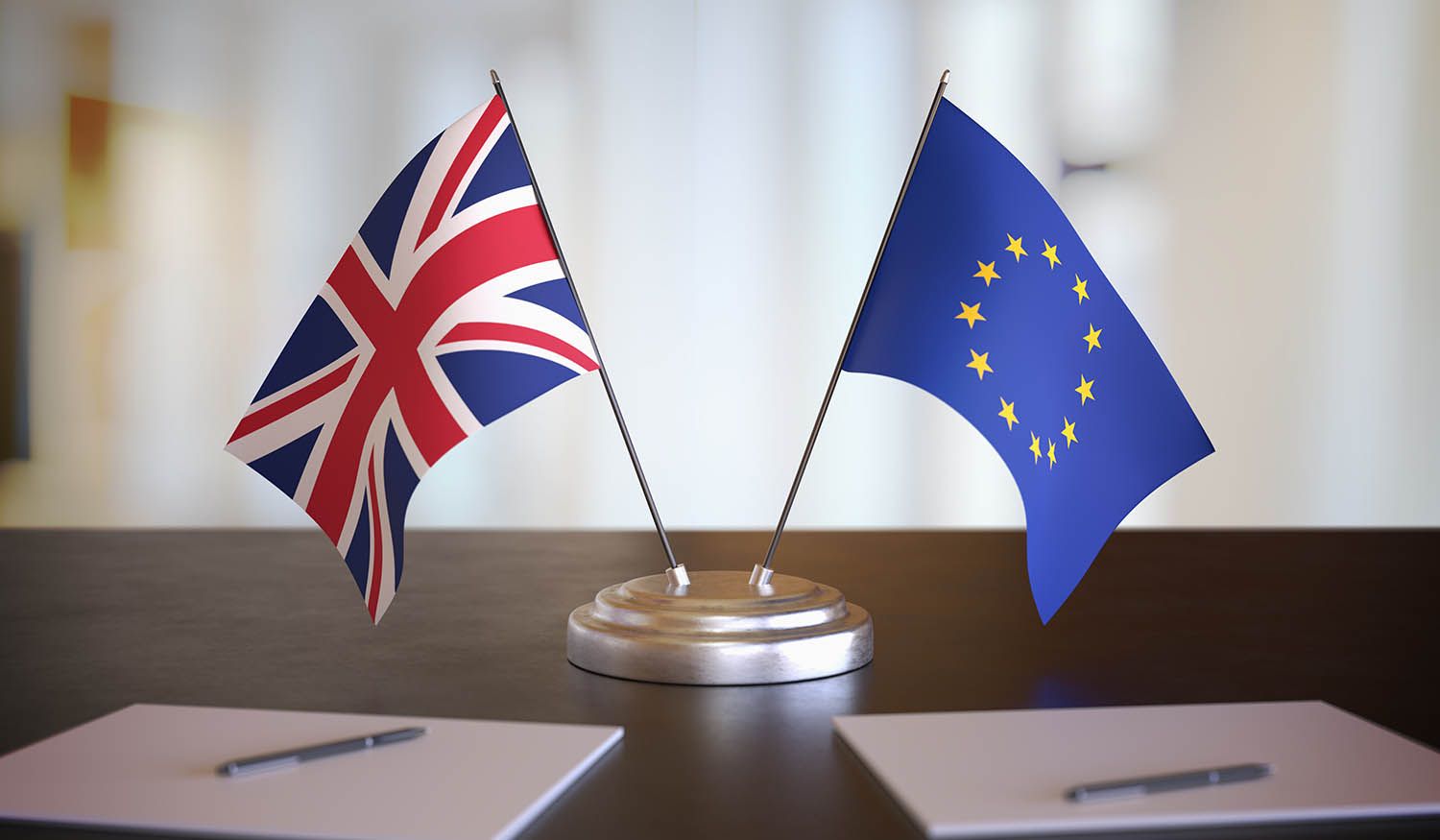
Image © Adobe Images
- GBP/USD spot rate at time of writing: 1.2960
- Bank transfer rate (indicative guide): 1.2606-1.2697
- FX specialist providers (indicative guide): 1.2766-1.2843
- More information on FX specialist rates here
The Pound-to-Dollar rate was under renewed pressure on Thursday as the Brexit talks hung in the balance amid controversy over the government’s internal markets bill, which has divided analysts and the market on the prospect of a deal being reached as well as the outlook for Sterling.
Pound Sterling’s declines renewed around the time a report from The Times quoted European Commission Vice President Maros Sefcovic saying the government’s new Internal Market Bill is a “clear and substantive” breach of the EU Withdrawal Agreement.
The withdrawal agreement is a United Nations registered treaty governing the Brexit process that is binding in international law, albeit a toothless area of treaty law, and the EU has threatened legal action and an end to the UK-EU trade negotiations as a result of the bill.
“Market participants should have an open mind about the possibility of a major reversal at this point from what are elevated GBP levels by the standards of recent times,” says Shahab Jalinoos, head of FX strategy at Credit Suisse, who’s uncertain as to whether the new bill presents a serious threat to the trade talks or is a negotiating tactic. “Markets will probably take a more conventional approach and mark down GBP if this new course is actively pursued, rather than reward the “brave new world” promise by buying GBP.”
A special meeting of the Withdrawal Agreement Joint Committee took place after which Sefcovic was reported to have said the government’s new bill could lead to a UK-EU trade conflict, though not until after the end of the transition that’s set to run until December 31. The report was echoed by The Telegraph.
It's not clear that a so-called trade war would be anything more than new hyperbole given that under a 'no deal' Brexit where both parties default to a regime governed by World Trade Organization rules, the European Union was already widely expected to proactively attempt to damage the UK economy. Financial media has detailed for years how through law and regulation, how the EU might coerce financial firms into scaling down their London presence.
Above: GBP/USD at daily 15-minute alongside S&P 500 index futures (blue line, left axis).
The Pound-to-Dollar rate had recovered nicely above the 1.30 handle on Thursday before The Times report hit the wires, although declines also come ahead of an anticipated update from Brexit negotiators.
The controversial Internal Market Bill was introduced in parliament Wednesday, furthering earlier Pound-to-Dollar rate declines that'd already dragged it from 1.3250 on Monday, but which helped it to a low of 1.2886 on Wednesday.
The bill stoked outrage in Brussels and has drawn condemnation from Britain’s commentariat and political grandees including former Prime Minister Theresa May who negotiated the substantial body of the withdrawal agreement, although some have suggested much of this was confected and contrived.
“Let's get real. Various EU-27 member countries circumvent EU rules and violate treaties all the time, including during pandemics,” says Stephen Gallo, European head of FX strategy at BMO Capital Markets, after noting that Brussels had still not walked away from the Brexit trade negotiations on Thursday. “Let's get even more real. Brexit is a game of poker, but the deck has been re-shuffled since mid-2019. The UK government would prefer a simple FTA with the EU-27, but there are no signs yet that it's not prepared to walk away.“
Above: GBP/USD at daily intervals including Fibonacci retracements of March recovery and 200-day average (black line).
The bill states among other things that its provisions are “to have effect notwithstanding inconsistency or incompatibility with international or other domestic law,” and in doing so establishes a mechanism and precedent through which terms of the withdrawal agreement and its Northern Irish protocol can be overwritten, otherwise ‘clarified’ or simply disapplied.
Gallo also says that much of the necessary Brexit-related adjustment in Sterling has already taken place and that further declines 1.10 in the Sterling-Euro rate might make for a buying opportunity, although this is based on the assumption that the two sides ultimately reach a deal. A Rising GBP/EUR rate would imply a rising GBP/USD rate unless a EUR/USD decline was also anticipated.
Others have not been discouraged either.
“GBP/USD has sold off to the 55 day ma and uptrend support at 1.2871 and seen a decent rebound off there. Intraday rallies are likely to find that the 20 day ma at 1.3180 now acts as near term resistance and guards the mid-August peak at 1.3268. We have for now reinstated long positions, with a tight stop below the uptrend,” says Karen Jones, head of technical analysis for currencies, commodities and bonds at Commerzbank.
Jones is a buyer of Sterling who’s targeting 1.3175 and 1.3400, but with a tight stop-loss not far below 1.29.
Above: Pound-to-Dollar rate shown at weekly intervals.
Others are unconvinced there’s much prospect of a recovery and are warning of a second capitulation that erases the last remnants of the late July rally up from below 1.26 to near 1.35 by September 01.
“The break below the support at 1.3167 has invalidated the upward bubble in the daily chart and affected our scenario of a rebound towards the resistances around 1.3520-1.3531. Risks are tilted on the downside in the short term, especially since daily indicators have turned bearish, this when daily volatility is tending to pick up,” says Micaella Feldstein, an analysts at Natixis. “Under these conditions, the pair could pull back below 1.2864 (weekly parabolic) and go on to eye 1.2780-1.28 (monthly Bollinger moving average) and 1.2670-1.2688 (weekly Bollinger moving average).”
The Pound-to-Dollar rate rose sharply in late July before grinding back up toward its December 2019 election highs over the course of August, from which it capitulated on September 01, although there were few if any domestic drivers behind this move.
Some analysts say the rally was driven entirely by the recent and ongoing appreciation of the Euro-to-Dollar rate and that this leaves the Pound vulnerable to any fresh escalation of market fears about something like a ‘no deal’ Brexit playing out at year-end.
“Following the market complacency during the summer months, we estimate that only a limited degree of risk premium, as you can see below, is priced into the currency (just around 1% in EUR/GBP vs 5% risk premium pricing in late June). This allows for a further GBP decline,” says Petr Krpata CFA, chief EMEA strategist for currencies and bonds at ING. “Not only is a limited degree of risk premium is priced into GBP, but the speculative positioning does not seem stretched (the latest CFTC data still show a neutral positioning in GBP/USD), in turn allowing for a build-up in GBP shorts which would help facilitate further GBP downside.”
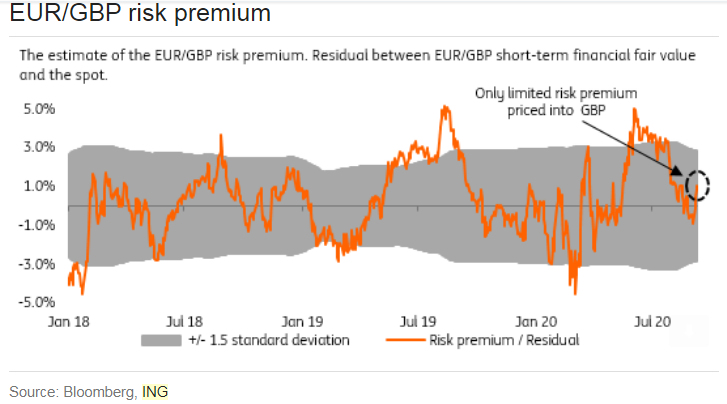
Above: ING Group graph showing estimated risk premium embedded in EUR/GBP rate.

